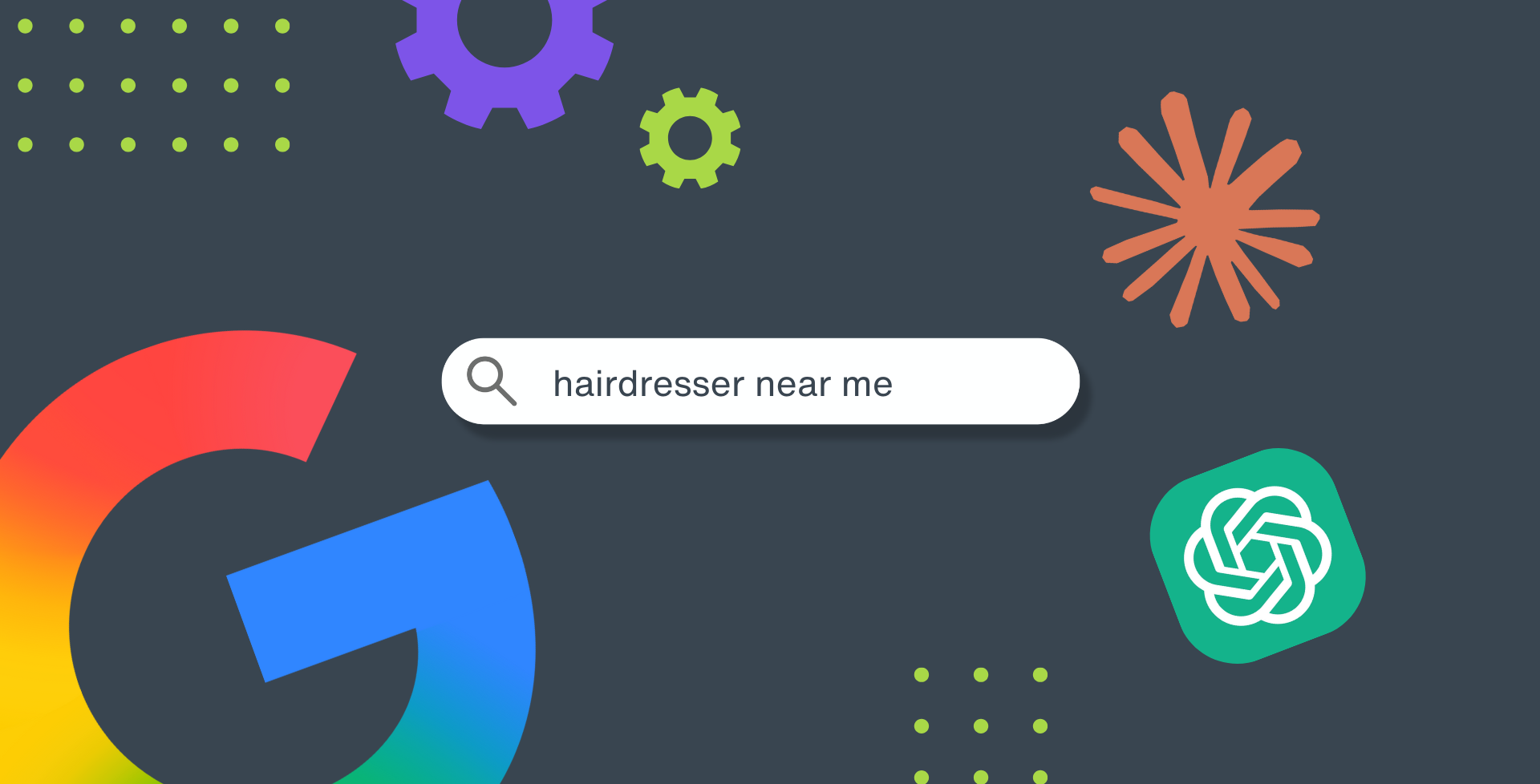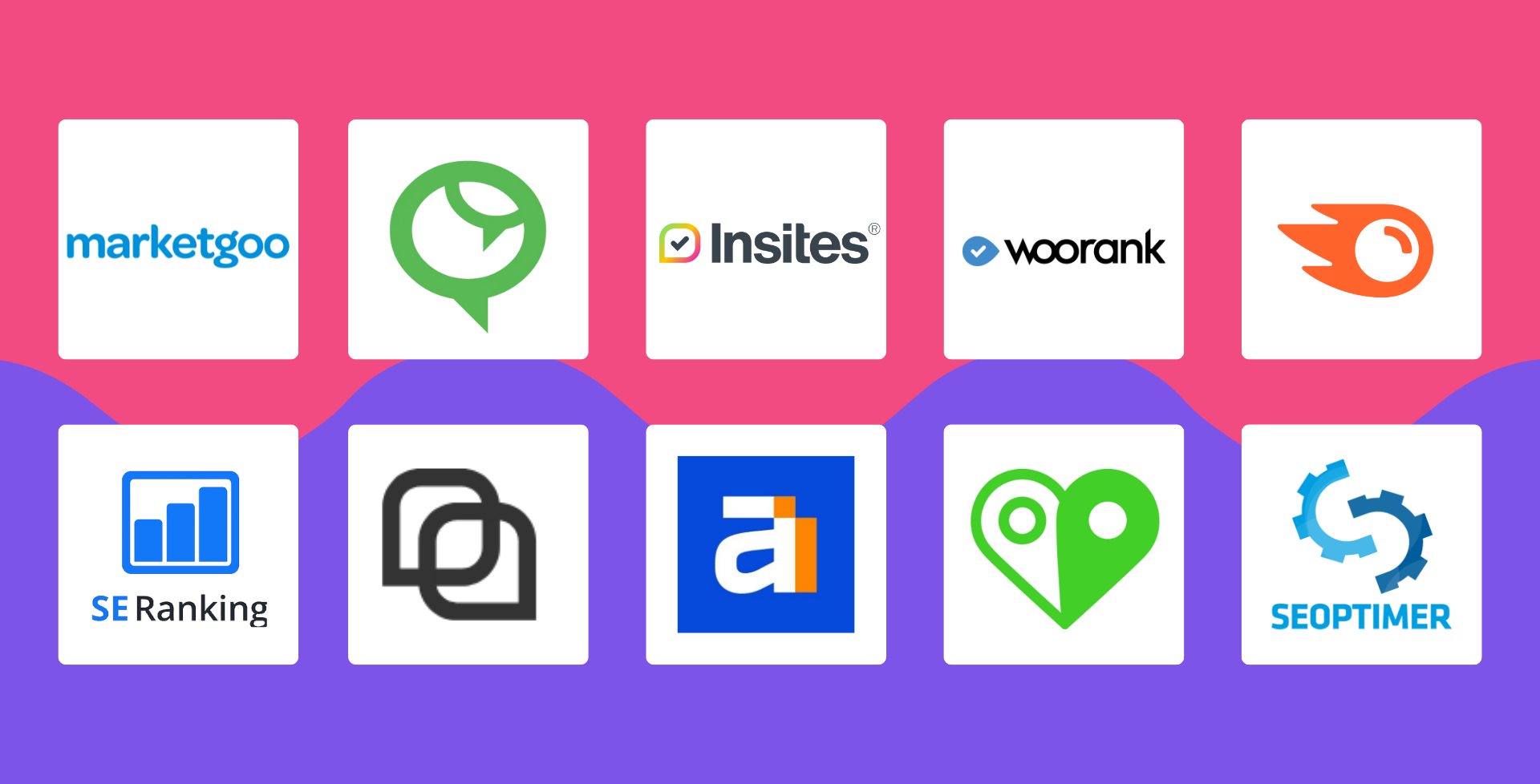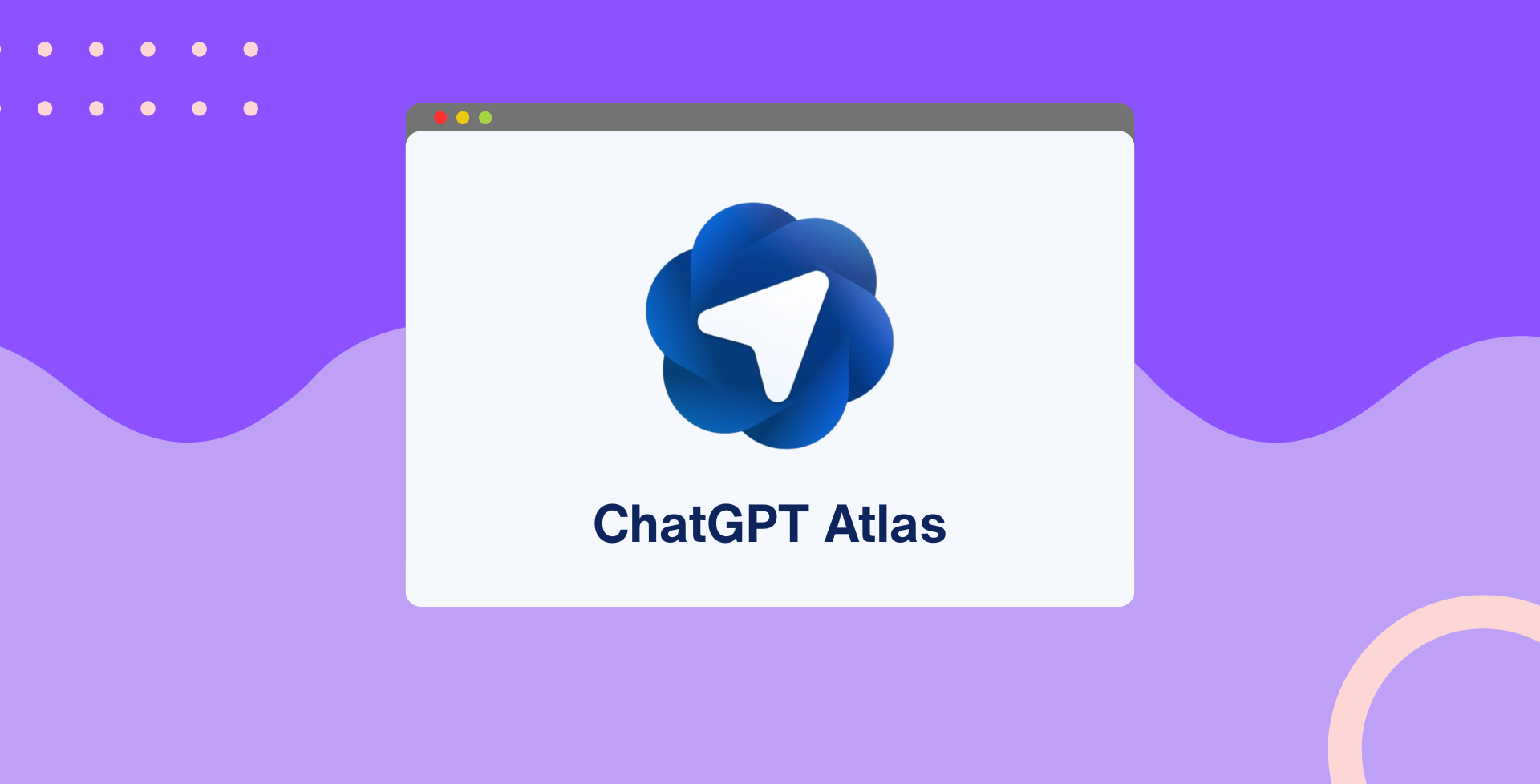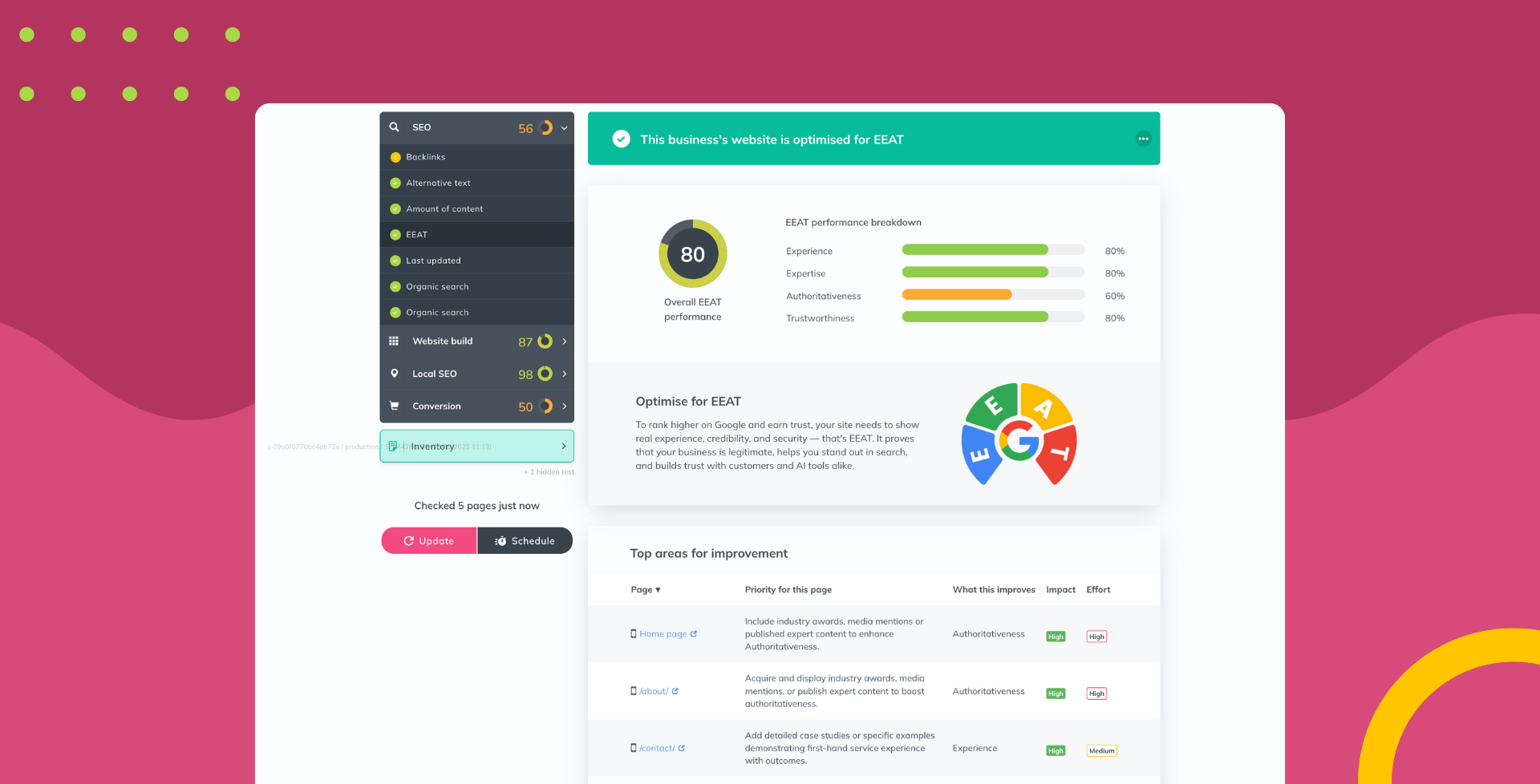The personalisation gap that's costing you business
Izzy Fletcher • August 14, 2025
80% of customers expect personalised experiences. Are you delivering?
Your prospects aren't just browsing these days, they're expecting experiences tailored specifically to them. According to research from Deloitte and Meta, 80% of consumers are more likely to make a purchase when brands offer personalised experiences. Yet most businesses are falling short of these expectations, leaving massive revenue on the table.
Why most personalisation efforts fail
The Deloitte study reveals three critical failure points that hurt most businesses:
- Siloed data management: Your customer data is scattered across different departments and systems. Marketing has one view, sales has another, and customer service operates with incomplete information. This fragmentation makes true personalisation impossible.
- Poor cross-functional collaboration: Personalisation isn't just a marketing problem, it requires coordination between marketing, IT, sales, customer service, and data teams. Without this alignment, initiatives fail before they start.
- Technology gaps: With the AI market projected to reach $733.7 billion by 2027, businesses that don't integrate proper technology stacks for personalisation will be left behind.
The business impact you're missing
Organisations that master personalisation are seeing dramatic results.
- 16-percentage-point increase in conversion rates compared to low-personalisation efforts
- 20-percentage-point increase in Customer Lifetime Value when comprehensive personalisation strategies are implemented
- Enhanced customer loyalty and more frequent engagement
When you're working with multiple clients at scale, it can feel tempting to cast a net over a big audience and hope for the best. But the reality is, when you're working at scale, personalisation is even more important and it's easier because you have the facilities to do so.
As a digital marketing provider managing campaigns across dozens or hundreds of clients, you have access to aggregated insights and patterns that smaller operations simply can't leverage. The infrastructure you've built to handle volume can be the same infrastructure that delivers hyper-relevant experiences to each client's customers.
Three approaches to personalisation that work for digital marketing providers
The research identifies three distinct strategies that successful organisations use:
- Customer-based personalisation: Create specific recommendations tailored to individual user data and interactions. With automation platforms like HubSpot, Marketo, or Salesforce, you can trigger personalised email sequences, dynamic website content, and targeted ad campaigns based on real-time user behaviour.
- Cohort-based personalisation: Group customers into segments based on shared interests or behaviours, then deploy targeted messaging to distinct groups. Tools like Facebook Ads Manager, Google Ads, and programmatic platforms excel here, and you can create lookalike audiences, behavioural segments, and interest-based cohorts that work across multiple client accounts simultaneously. This approach offers personalisation without overwhelming technical complexity.
- Aggregated data personalisation: Leverage insights from large datasets to identify broader trends and patterns that inform strategies across your entire client base. Business intelligence tools like Tableau, Power BI, or Google Analytics 4 can reveal cross-client patterns that inform better targeting strategies. When you're managing multiple accounts, these aggregated insights become your competitive advantage—spotting trends that individual businesses would miss.
What leading digital marketing providers do differently
Top-level organisations are taking personalisation seriously - trust us, we work closely with them. They’ve mastered several key characteristics:
Buy-in across all departments: Leading providers don't treat personalisation as a marketing add-on. They break down departmental silos and create unified objectives across processes, creative solutions, data analytics, and client success.
Customer profiles: Instead of managing separate data streams for each client, create comprehensive customer profiles that span all touchpoints. This means your paid search data informs your social strategy, your email insights shape your display targeting, and your website analytics influence your creative direction - all working together seamlessly.
Real-time personalisation: Focus on landing pages that change based on traffic source, ads that update based on user preferences, and email content that shifts based on engagement history. Want to take it one step further with your campaigns? Insites offers a
white-labelled widget to engage prospects, letting them run a free online presence check on their business. They get an easy-to-understand breakdown on how they're performing and you get contact details to reach out and offer tailored solutions!
Consistent performance check-ins: Leading providers continuously audit and analyse business performance across their entire client portfolio. Tools like Insites enable teams to conduct systematic audits that reveal personalisation opportunities, performance gaps, and competitive advantages that individual businesses would never spot on their own.
Your next steps
Consumer expectations have fundamentally shifted, and businesses that don't adapt will lose ground to competitors who understand this new reality.
Ready to close your personalisation gap? Our team specialises in conducting
comprehensive audits that reveal exactly where your business stands on personalisation maturity and provide actionable roadmaps for improvement. We'll analyse your data infrastructure, cross-functional collaboration, and technology stack to identify the specific opportunities that will drive the biggest impact for your business.
Book your free strategy call today!



























